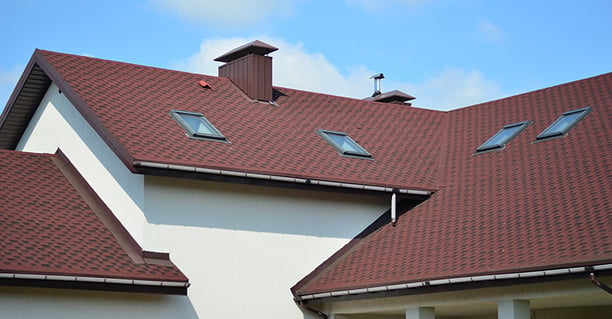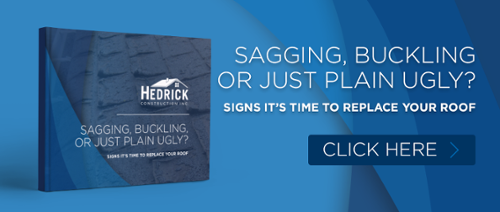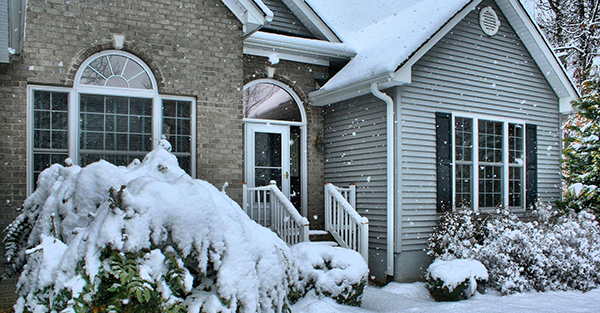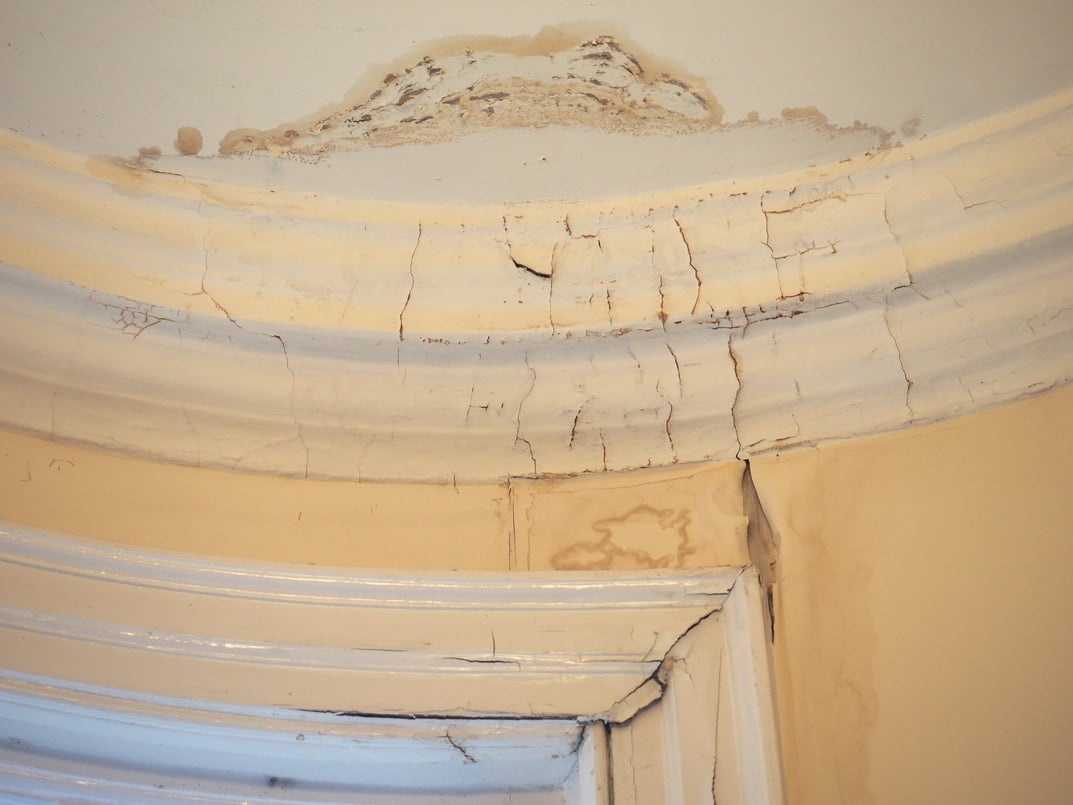 Because heat and humidity can affect your roof, you want to be sure it has all the advantages of proper attic ventilation. Without it, your roof can age quickly and succumb to the strain of summer's extremes far sooner than it should. In Iowa, summer heat and its best friend, humidity, create sticky, uncomfortable conditions for us. Fortunately, we can duck into air conditioned buildings to escape the worst effects of hot, moisture-laden air. Your roof, though, has nowhere to go and must endure anything the summer weather subjects it to. That is its job, after all.
Because heat and humidity can affect your roof, you want to be sure it has all the advantages of proper attic ventilation. Without it, your roof can age quickly and succumb to the strain of summer's extremes far sooner than it should. In Iowa, summer heat and its best friend, humidity, create sticky, uncomfortable conditions for us. Fortunately, we can duck into air conditioned buildings to escape the worst effects of hot, moisture-laden air. Your roof, though, has nowhere to go and must endure anything the summer weather subjects it to. That is its job, after all.
Heat

Solar heat elevates the temperature in the attic, which can diffuse into your living space, even if you've insulated your space well. With a poorly-ventilated attic, your air conditioning
system must work harder to lower the temperatures to a tolerable level inside your home.
Excessive heat also works to delaminate the decking boards, be they plywood or oriented-strand board (OSB). Also, it causes thermal expansion of the wood used in both the joists and the decking. This can cause the nails that fasten the decking and hold the shingles in place to loosen once the roof cools again.
When shingles are subjected to excess heat from below, they can begin to separate where the asphalt layers bind to the fiberglass mat. This can result in blisters when the heat rising up through the shingles bursts through the top. Homeowners may be tempted to think the holes in their shingles were caused by hail and qualify them for an insurance claim, but heat blisters have a different appearance than hail strikes. Extreme heat in the attic that damages shingles won't be covered by insurance or warranties.
On a hot, sunny day, a roof's surface temperature can reach upwards of 150 degrees! With that heat transferring into your attic, your roof can suffer inside and out. Cool shingles, developed with a highly reflective coating, can reduce shingle temperatures by up to 50 degrees in the same way that light-colored clothes help you fend off the sun's rays.
Humidity
Humidity is water vapor held in the air. The warmer the air, the more vapor it can hold. Naturally, then, summer can become miserable with the hot air hosting a lot more moisture than in colder seasons.
Like heat, humidity can cause the lumber in your roof assembly to expand. In addition to the weakening of the nail-holding strength, the edges of the decking boards that absorb the water can separate, causing deflections along the plane of the roof. Humidity can reduce shingle tear strength as well. With diminished strength, strong gusts of wind could lift and rip some of the shingles.
When trapped attic air continuously deposits its moisture onto the wooden structures and in the insulation, three other nasty things can happen:
- Mold and mildew formation
- Rot
- Compression of the insulation, which renders it much less effective
Attic Ventilation to the Rescue
Proper attic ventilation helps mitigate the effects of heat and humidity on your roof and home. When hotter air can rise and escape the attic while cooler air is drawn up through lower vents, your roof assembly and shingles can breathe easier. Airflow curtails stagnant humidity before it can settle into wood and insulation. With less heat and moisture bearing down on your living space, your cooling system can work more efficiently to keep your indoor air comfortable.
While a good ventilation system relieves your roof of the worst of the summer temperatures, come winter, it will also help with ice dam prevention and reducing attic condensation and the havoc both of these problems can wreak.
If you're looking for roofers to help mitigate attic ventilation problems in the Ames, Ankeny, or Des Moines area, or if you'd like to schedule a roof inspection, click or call Hedrick Construction today!








Comments